Farewell to the chaos of multi-brand wars, Geely begins to awaken
![]() 11/21 2024
11/21 2024
![]() 747
747

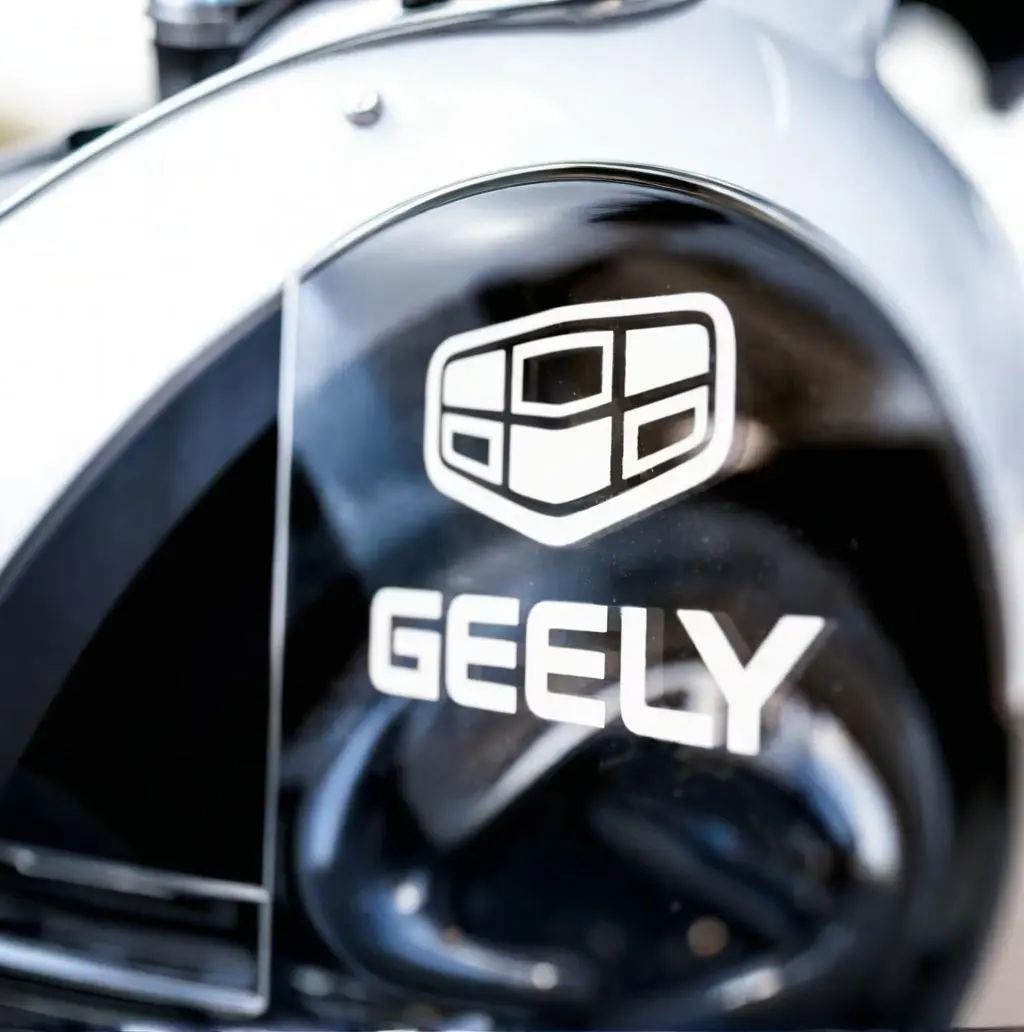
"These seemingly macro-level strategic adjustments actually reveal Geely's strategic contraction. Brand integration is not merely strengthening an already strong position but more about 'strategically abandoning' those without prospects."
"@ New technological knowledge Original
In 2007, the domestic auto industry saw the sprouting of independent brands. At that time, the industry generally adopted the strategy of 'the more children, the better the fight.' Against this backdrop, Geely issued the 'Ningbo Declaration,' setting the tone for its development over the following decade and more.
However, with the rapid rise of new energy vehicles and independent brands overtaking joint ventures, the industry has undergone tremendous changes. The strategies outlined in the 'Ningbo Declaration' are no longer suitable for the current era, making it urgent for Geely to change.
Therefore, in September this year, Geely returned to Taizhou, the birthplace of its automaking dream, to issue the 'Taizhou Declaration,' announcing the entry into a new phase of strategic transformation. The group's future focus will be on 'strategic focus, strategic integration, strategic synergy, strategic stability, and strategic talent.'
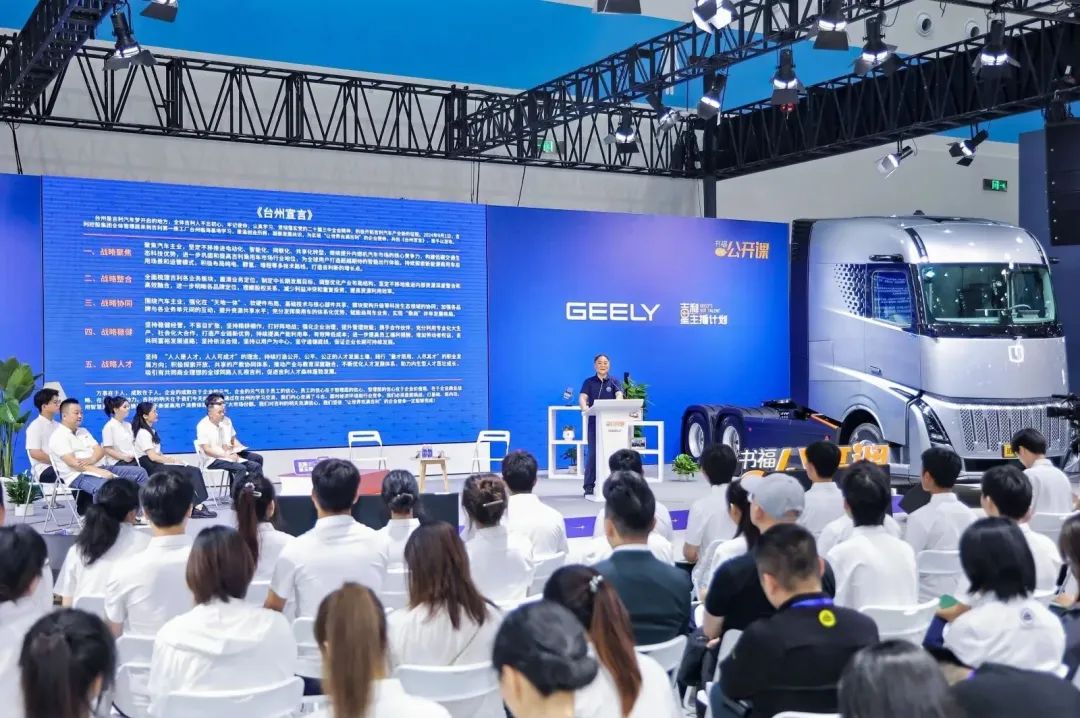
In terms of actions, these grandiose terms represent strategic contraction and a slowdown.
In early October, at a new product launch event for its Yinhe series, Geely Automobile announced the integration of the Geometry brand into the Yinhe series, which was simultaneously upgraded to an independent new energy brand, marking the first footnote of Geely's current round of strategic integration.
Just a month later, Geely Holdings issued an announcement optimizing the equity structure of Lynk & Co and Zeekr. Zeekr obtained controlling interest in Lynk & Co. On November 14, Geely Holdings announced the transfer of its 11.3% stake in Zeekr to Geely Automobile, increasing the latter's shareholding to 62.8%. Simultaneously, after the equity optimization to promote strategic synergy between the two companies, Zeekr will hold a 51% stake in Lynk & Co, with the remainder held by subsidiaries of Geely Automobile.
During the earnings call, An Conghui, President of Geely Holding Group and CEO of Zeekr Intelligent Technology, also emphasized that the integration of Zeekr and Lynk & Co is not a simple merger but a business reorganization.
Shortly before this announcement, news also spread that the electric pickup truck brand Radar would be integrated into Geely, and Radar Automobile officials also confirmed the integration, with an official announcement to follow shortly.
With market competition intensifying and new players growing, Geely's urgency is understandable. However, strategic transformation needs to withstand market scrutiny. When Geely abandons its multi-brand strategy and new and old car owners measure it by new standards, whether it will have an advantage is not up to Geely itself.
Through this article, we will explore and find answers to the following three questions: Why is Geely accelerating its strategic focus? After the strategic transformation, where will the new and old brands and the group head? Amid industry changes and the transformation of traditional manufacturers, who will be the beneficiaries?
01
Strategic Abandonment and Rebirth
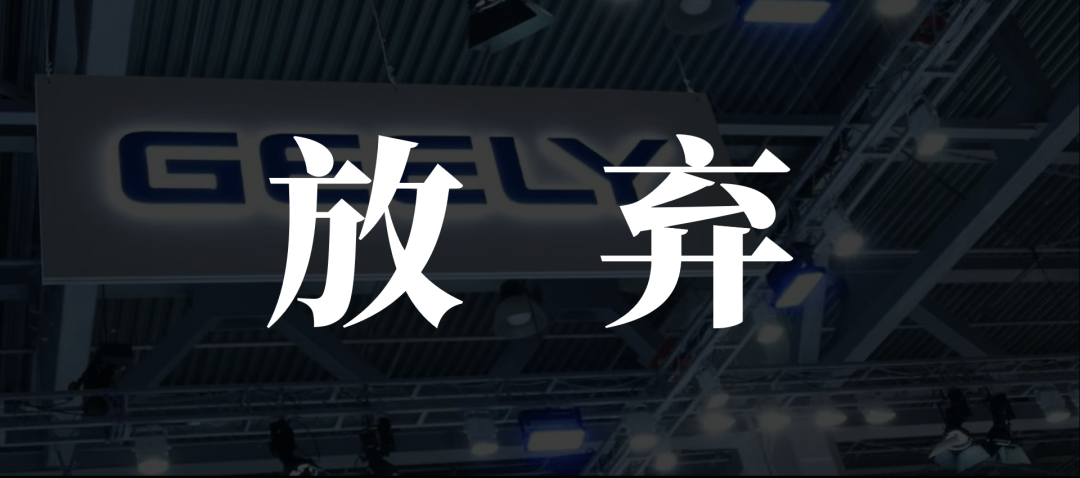
In the two months since September, several brands under Geely have begun to consolidate and contract.
According to incomplete statistics, changes include: the Geometry series was officially integrated into the Yinhe brand, Geely Automobile announced the acquisition of Ningbo Passenger Cars, and Lynk & Co and Zeekr merged. Additionally, it is rumored that the independently developed electric pickup truck brand Radar Automobile and LEVC (LTI Vehicles) will also be integrated into the Geely Automobile Group.
Whether it's marginal or core businesses, changes have been made equally. In the view of 'TechNewKnow', the main reason for the focus is also quite practical:
Firstly, under independent brand operations, there have already been instances of real competition, most notably between Lynk & Co and Zeekr. There are even insiders who revealed that the reason prompting Geely's senior management to make a decisive move to integrate the two brands was the overlap in Lynk & Co and Zeekr products.
Lynk & Co has primarily focused on fuel vehicles over the years, transitioning to new energy only after completing its upward mission, launching PHEV models based on its existing fuel vehicle products. However, due to the overall technological development not keeping pace with the times, Lynk & Co's sales declined for the first time in 2022, and sales of its new energy products were sluggish.
On the other hand, Zeekr was founded targeting the rapid development of the new energy vehicle market. From its inception, it also shouldered the task of driving Geely's new energy transition, with the Zeekr 001 becoming a representative product of autonomous high-end new energy vehicles.
In the early stages, the 'father and son' relationship was complementary and non-interfering due to their different routes and product positioning. However, as the new energy market developed, deviations began to emerge in their respective routes, leading to 'competition.'
While Lynk & Co was enjoying strong sales of its extended-range products, it also ventured into the pure electric field. However, its first pure electric sedan, the Z10, has delivered fewer than 5,000 units in total since its launch two months ago. The reason is also apparent: not only does it resemble the Zeekr X in appearance, but the Lynk & Co Z10 is also built on Geely's HAO architecture. Under the same architecture, Zeekr also has two models that are extremely similar to the Lynk & Co Z10: the Zeekr 007 and Zeekr 001.
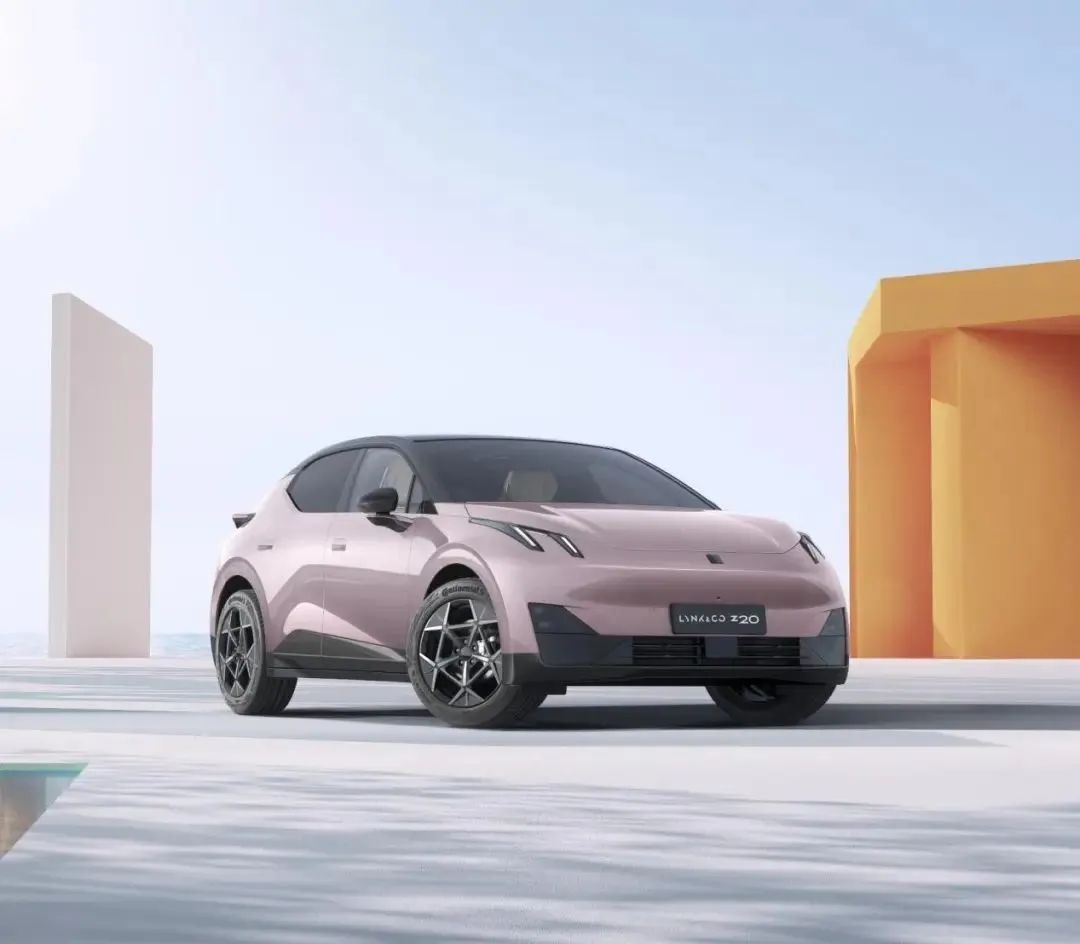
Moreover, Zeekr is no longer fixated on pure electric vehicles. Recently, there have been rumors that Zeekr has begun to lay out an extended-range route, and an internal project team has been established, covering SUV/MPV categories.
Undoubtedly, when misaligned development is no longer ideal and competition has already occurred, integration is not surprising.
Secondly, brands that are underperforming also need to merge with others to share technology and channels to reduce costs, with Geometry being a representative example.
According to monthly sales data released by the China Passenger Car Association, several Geometry models have seen dismal sales in 2024. Except for the Panda Mini and Geometry E, models like Geometry E, Geometry A, and Geometry C have monthly sales hovering around three digits, with Geometry G6 even dipping to two digits at its lowest. These sales contributions to Geely Automobile as a whole can only be described as minimal.
From a brand layout perspective, Geely's Yinhe series now primarily produces 'large vehicles,' fully realizing the positioning given to Geometry by the group at that time. Frankly, if it weren't for Geometry's outstanding performance in the A0 and A00 segments, which could further complement Yinhe's product lineup, it is possible that the Geometry brand would have been directly shelved.
Apart from Geometry, brands rumored to be acquired or merged, such as Radar Automobile and LEVC (LTI Vehicles), are also virtually 'non-existent' brands. Radar is Geely's electric pickup truck brand, selling only about 5,000 vehicles annually in the pickup truck market, which has a size of around 500,000 vehicles. LEVC is a British brand acquired by Geely, primarily focusing on electric MPVs in China. However, sales of its first electric MPV, the L380, which was launched in June, have not exceeded 1,000 units to date.
Integrating marginal brands into one entity maximizes technology sharing, channel sharing, and resource sharing, thereby realizing internal resource sharing within the group and reducing cost inputs.
It is worth mentioning that some market analysts also believe that this major strategic acquisition by Geely, in addition to weeding out the past's aggressive development, may also pave the way for new brands in the next phase. 'When Geely combines the strong and shelves the weak, it can then launch new brands to compete in the market. If they survive, they can be integrated; if not, they can be discarded. This can be seen as a cycle.'
From the perspective of the industry's broader environment, the stage of 'the more children, the better the fight' has passed. With strategic focus and brand slimming, group resources can be better coordinated. However, for Geely, which excels at sea-of-cars tactics, this impact is also subtle.
02
New Challenges in Internal Integration
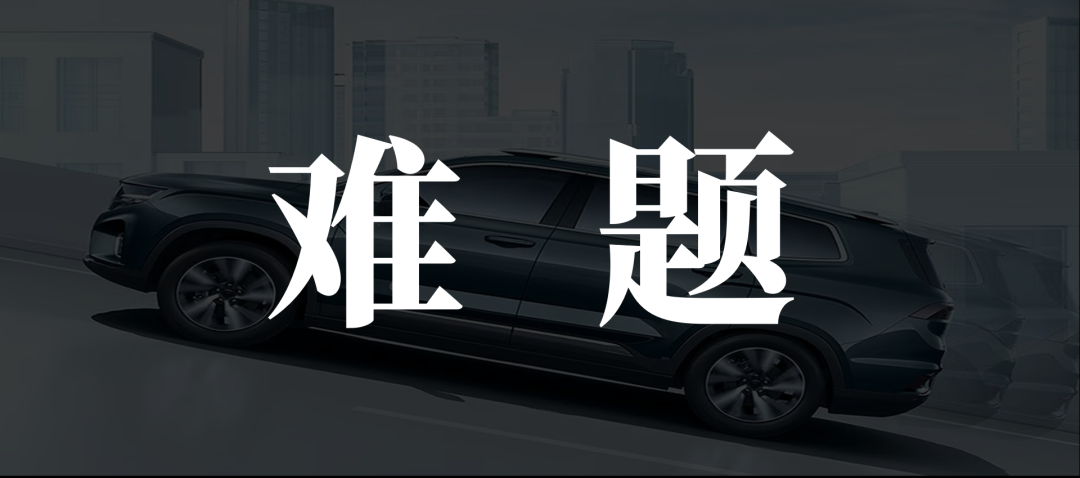
According to conventional logic, after brand integration, with fewer models, a company's product development efforts become more focused, leading to increased sales volumes for individual brands and corresponding cost reductions.
This seemingly perfect strategic logic actually hides new problems, especially for Geely.
Undeniably, over the past few decades, Geely has built a vast business empire through its deep roots in the automotive industry, encompassing over 12 brands and series, including Geely, Lynk & Co, Zeekr, RUI Blue, Geely Geometry, Geely Yinhe, Volvo, Radar, etc. The multi-brand strategy has made Geely Automobile's product layout extremely broad, rarely validating the correctness of 'the more children, the better the fight' in the market.
Data shows that from January to September this year, Geely Automobile sold 1.48 million vehicles, a year-on-year increase of 32%, with 540,000 new energy vehicle sales, a year-on-year increase of 93%. Fan Junyi, General Manager of Geely Automobile Sales Company, confidently stated in an interview that based on current sales, they are fully confident in achieving the sales target of 2 million vehicles.
Simultaneously, based on first-half performance, Geely Automobile's operating revenue reached 107.305 billion yuan, an increase of 46.62% year-on-year, marking the first time its semi-annual revenue exceeded 100 billion yuan; net profit attributable to shareholders reached 10.598 billion yuan, a year-on-year increase of 574.71%, equivalent to nearly 59 million yuan in earnings per day on average.
It can be said that expansion has been an effective means for Geely to occupy an important position in the industry over the past decade or so, and Geely is also adept at capital maneuvering and multi-brand games.
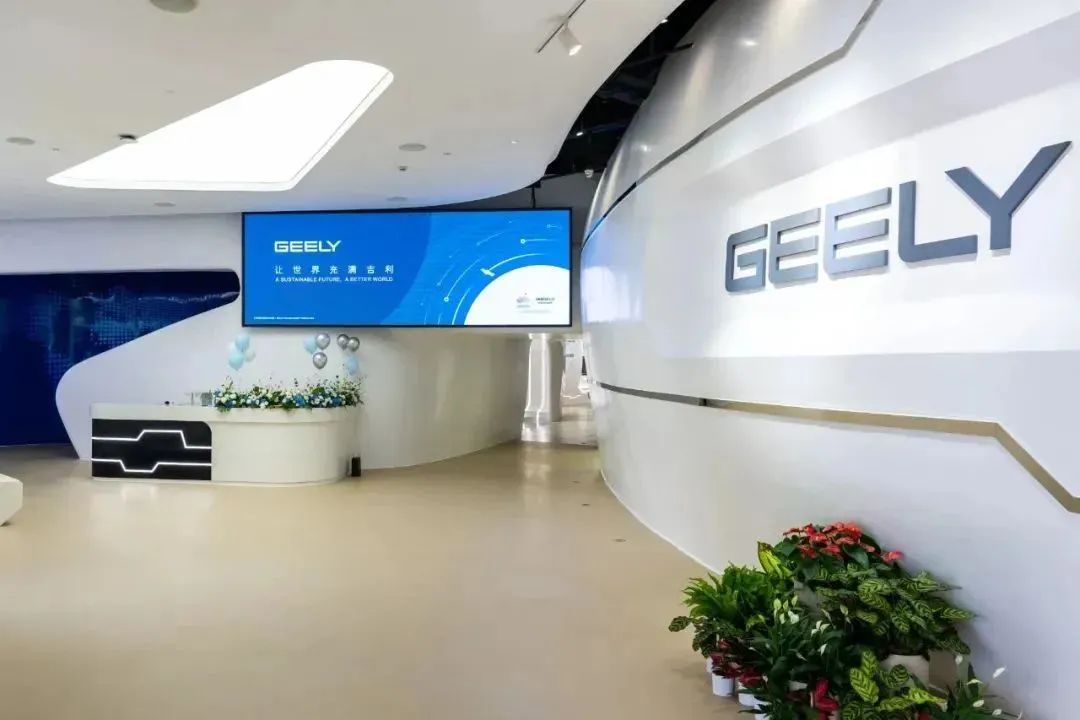
However, in the view of 'TechNewKnow,' integrating resources and introducing a series of new technologies and models may not necessarily lead to significant returns.
Because from the consumer's perspective, integration simply means moving products from one brand to another for sale. However, from the enterprise's perspective, it involves the integration of various internal personnel, channels, supply chains, and more.
Currently, many brands within Geely have separate R&D, sales, and channel teams, and there is even some overlap in functions after mergers. Finding a balance between the two teams and improving speed, organizational flexibility, and internal resource integration and systems are all issues. But Geely is not outstanding in this regard.
Previously, the 'Blue Ocean Plan' was questioned as a 'disguised layoff,' making Geely the target of criticism. Moreover, changes are frequent not only among mid- and low-level employees but also within Geely's senior management and organizational structures. News of senior-level changes emerges almost periodically, with one automotive industry engineer stating, 'When leadership changes, the people below also change.'
Therefore, under strategic transformation, how to balance the relationships between various teams, brands, channels, dealers, and supply chains to resolve management issues remains a test for Geely.
03
A Microcosm of the Transformation of Traditional Automakers
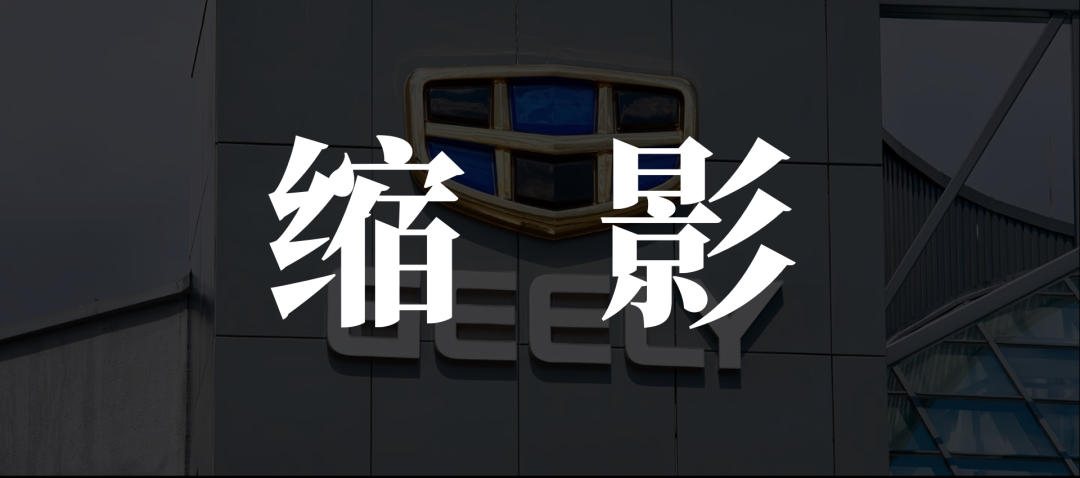
Geely's strategic focus is a microcosm of traditional automakers both domestically and internationally. This widespread contraction and integration have also created a window of opportunity for small and medium-sized automakers.
From a timeline perspective, the contraction of independent automakers' multi-brand strategies began in the second half of this year. Looking at the entire automotive industry, joint ventures have already undergone strategic contractions before independent automakers, and with even greater force.
In 2020, Dongfeng Peugeot and Dongfeng Citroen already implemented merged sales. In the same year, Dongfeng Qichen, which had been independently developing for three years, was incorporated into Dongfeng Nissan's management and became the second brand under Dongfeng Nissan Passenger Vehicle Company. Even powerful companies like SAIC-Volkswagen announced network channel integration in October this year, with the entire Skoda lineup entering Volkswagen brand dealer showrooms. On the independent automaker side, Great Wall, SAIC, GAC, and others have also begun integration efforts.
Objectively speaking, contraction has become a major industry trend, but to a certain extent, it also means strategically abandoning some markets, which presents opportunities for small and medium-sized automakers and new forces.
In fact, some leading new forces also seem to have sensed the opportunity. Earlier this year, Li Bin, Chairman and CEO of NIO, mentioned NIO's second brand, 'LeDao,' at a media communication meeting, and launched its first model in September. Apart from NIO, Xiaopeng's Chairman He Xiaopeng also stated at a communication meeting last year that the MONA model marked the beginning of Xiaopeng's second or even third brand.
The second brands of new forces should not be underestimated. After the launch of LeDao's first model, the L60, in September, it delivered over 7,000 units in just two months and is expected to surpass the 20,000-unit mark by March next year. Ai Tiecheng, President of LeDao Automobile, also stated that orders for the LeDao L60 have far exceeded those of models launched in the same period, and production plans have been arranged until the first quarter of next year. Notably, 20,000 units is the monthly delivery volume of all NIO's current models. If the L60's delivery volume successfully exceeds 20,000 units, NIO's monthly delivery volume is expected to exceed 40,000 units, once again standing on the same starting line as Lixiang One.
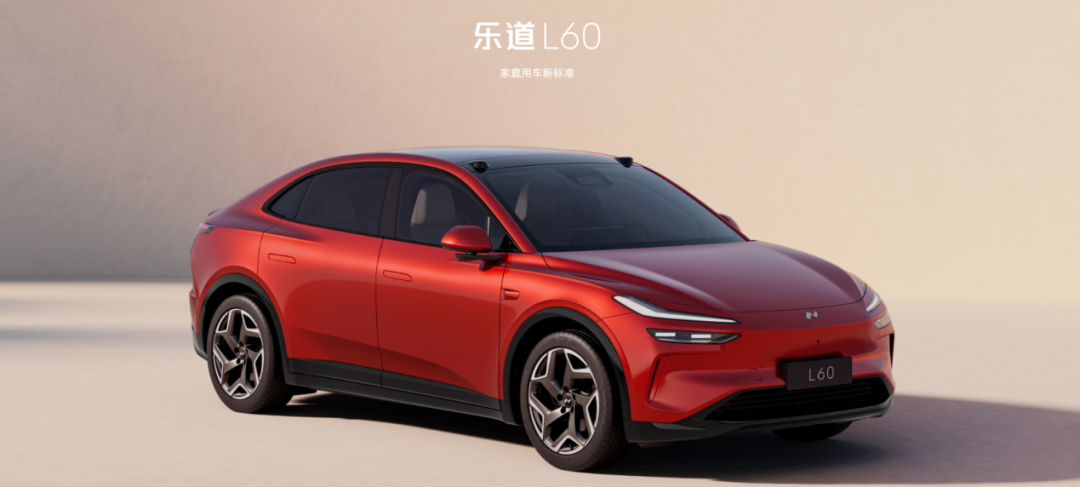
The first model of MONA, the M03, was an outright hit. It is reported that the model was launched at the end of August and secured its place as a hit with over 10,000 pre-orders in 52 minutes and over 30,000 within 48 hours. In the following months of September and October, it consistently delivered over 10,000 units, becoming a historic product among new forces in automaking.
These two new brands are almost entirely brand-focused. The M03 targets the Tesla Model 3 market, while the L60 competes with Tesla's other hit model, the Model Y. Apart from dividing Tesla's market share, they also capture significant portions of traditional automakers' market shares.
An insider told TechNews that "new brands need to adopt a multi-brand strategy to gain a larger market share, and China has a highly competitive new energy vehicle industry chain, providing fertile soil for these new forces to expand rapidly. Coupled with the gradual contraction of major factories, this is an opportunity for new forces to overtake on curves," he said.
Many industry insiders believe that an elimination round and major consolidation will take place in the automotive industry in the coming years, which is an indisputable fact. During this process, we can expect that the contraction, mergers, closures, or suspensions of traditional large factories will become the norm. Some small and medium-sized auto companies, on the other hand, will expand moderately, going against the trend. However, regardless of their actions, their goal is to find a suitable "armor" for themselves before the next round of reshuffling arrives.




